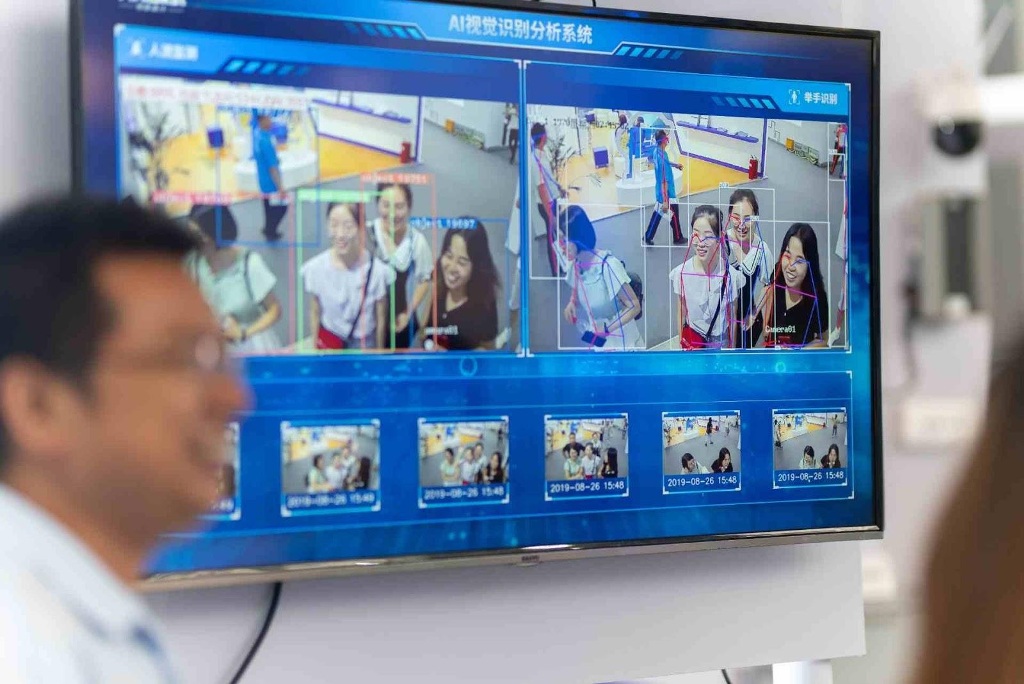Entertainment venues have introduced significant security measures since the terrorist attacks, such as those in Manchester and in restaurants in Paris. The development in security in places where we are meant to be safe has evolved greatly over the last decade or so and now includes facial recognition technology.
Facial recognition systems are often considered controversial. There is a direct impact on our privacy. There are vulnerabilities to this system. Deep learning within the algorithms can be attached and so can the systems for capturing images. However, they are also an effective measure to prevent and detect the perpetrators of violence. It is also now being used to deter the spread on a global pandemic in places like China.
Why should you consider facial recognition?
Even though facial recognition systems are controversial, they do offer integrity to a security system. There are two applications for your homes. First, it can be used with CCTV cameras to recognize any individual who may be seeking entry into your property. Second, it could have biometric applications, allowing for a mobile phone to be the source of entry to the home or smart home locks that only respond to you.
There are two ways you will need to protect your system, if you include facial recognition in your home security. The first is the point that an attacker to your home could use forms of camouflage. Second, there are ways that biometric systems could be hacked and so home invasion is still a possibility.
The solutions to these are both physical and digital. There are measures that can be implemented on the internet and on platforms that track photographs. These can bring real world, and almost real-time solutions. The possibilities for the future are incredible.
Home facial recognition today

The truth is that the current facial recognition tech is pretty clunky. It requires time to introduce the camera to the faces you want it to remember. You can do this by adding photographs or by getting the camera to take your photograph. The system will build a database of familiar faces – but not as many as you might hope. The images it stores will need to be three-dimensional and in motion, therefore it has to take photographs from many angles. This means the storage capacity is relatively limited to about 30 people.
However, facial recognition can also be used to make your smart home even smarter. Rather than shout at Alexa, you will be able to show your face to the camera and request a change to your home systems. But the possibilities for security are still worth noting. The system alerts are intelligent enough to let you know if it was your best friend at your door at 3.05pm rather than send you an alert that might increase your anxiety.
Before you get excited, you will have to pay big dollars to get a system with facial recognition. Few security cameras boast the technology just yet – with only a handful having software from Tend Secure, Wisenet, Nest or Honeywell and more. More popular are software from Abode and ADT etc.
Before you settle back and think it will be decades before you will get the tech, Amazon has patented a pairing between Ring doorbells and Rekognition technology. We will all soon be connected to police databases from our citizen cameras.
How to proceed with care
There are privacy issues that we should all shudder to consider when talking about facial recognition, police databases and our front door.
You need to buy a system with strong protection protocols. You need Two Factor Authentication and regular security updates to keep it safe. The controls need to give you the power to switch off the video, audio and other specific functions such as the facial recognition.
You also need to recognise that you owe a duty to your neighbors to protect their privacy too. Therefore, the placing of these cameras on your property needs to point only at your home and not set to capture everybody passing by. You should also post a sign near to your cameras warning others that you are using surveillance technology on your property.
So, facial recognition uses deep learning algorithms to learn your face and the faces of regular visitors to your home. They can be used to set an alarm on your home or an alert to your phone. At the moment, the tech is rare and pretty basic in its application in home security. However, Amazon, as always, has plans to revolutionise this space.
The question you need to ask yourself is whether this is a convenience or an attack on your privacy. You need to be certain, before setting this up around your safe haven, that the security system is protected from attack. Remember the system itself, as well as the algorithm, is vulnerable to hack and you need to be a hundred percent confident that this isn’t going to happen to you.
We can all see the possibilities, but as always with technology, it is worth proceeding with caution.






